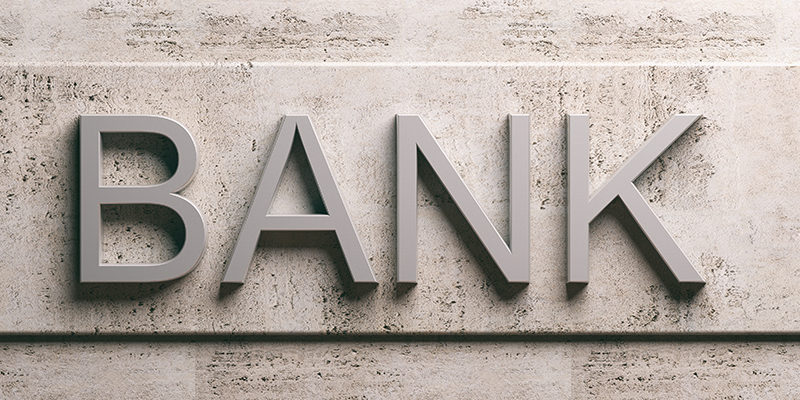Corporate Debt Restructuring (“CDR”) is typically a voluntary framework, under which financial institutions and banks restructure the debt of companies facing financial difficulties due to various factors, to provide support at the right time for such businesses. It helps a company in financial distress realign its obligations and restore liquidity, avoid bankruptcy, and stay in Business.
The objective of the Corporate Debt Restructuring (CDR) framework was to ensure a timely and transparent mechanism for restructuring the corporate debts of viable entities facing problems, outside the purview of BIFR, DRT, and other legal proceedings, for the benefit of all concerned. In particular, the framework will aim at preserving viable corporates that are affected by certain internal and external factors and minimize the losses to the creditors and other stakeholders through an orderly and coordinated restructuring programme.
The CDR mechanism was available from more than one lending institution to companies that enjoy credit facilities from multiple institutions. The mechanism allows these institutions to restructure the debt for the benefit of all promptly and transparently. Debt restructuring can be a mutually beneficial situation for both, as the corporation escapes bankruptcy and the borrowers typically receive more than they would have gained in an IBC bankruptcy proceeding. By reducing NPA Banks can reduce their provision requirements and generate additional capital for investment. A healthy banking system is closely linked to progress in corporate restructuring. When the corporate sector is troubled, the banking system’s future profitability is negatively impacted.
Here are some steps involved in CDR:
a. Reducing interest rates on mortgage loans or extending the length of payment.
b. It may also include an equity swap arrangement where creditors of the company may agree to cancel some or all of the debt in return for the company’s equity. It may also require a “haircut” where the corporation may compromise with the Financial Creditor to write off some interest or capital part.
c. It can also involve a bond haircut where the company may negotiate to write off a certain portion of interest or capital.
Important Note: Almost all the schemes such as Corporate Debt Restructuring (CDR), Sustainable Structuring of Stressed Assets or S4A, Strategic Debt Restructuring, and Flexible Structuring of Existing Long Term Project Loans stand abolished. The Joint Lenders Forum designed to resolve potential bad debts has also been disbanded by RBI. The central bank’s action comes after a series of directions from it to banks to try the big defaulters under the bankruptcy laws enacted in 2016. While banks were still getting used to the new law, the many restructuring plans that were in force for years were continuing. Now that the bankruptcy process appears to be stabilising, the regulator has found it apt to scrap the schemes which mostly were misused or seen as not sophisticated.
Related Posts:






